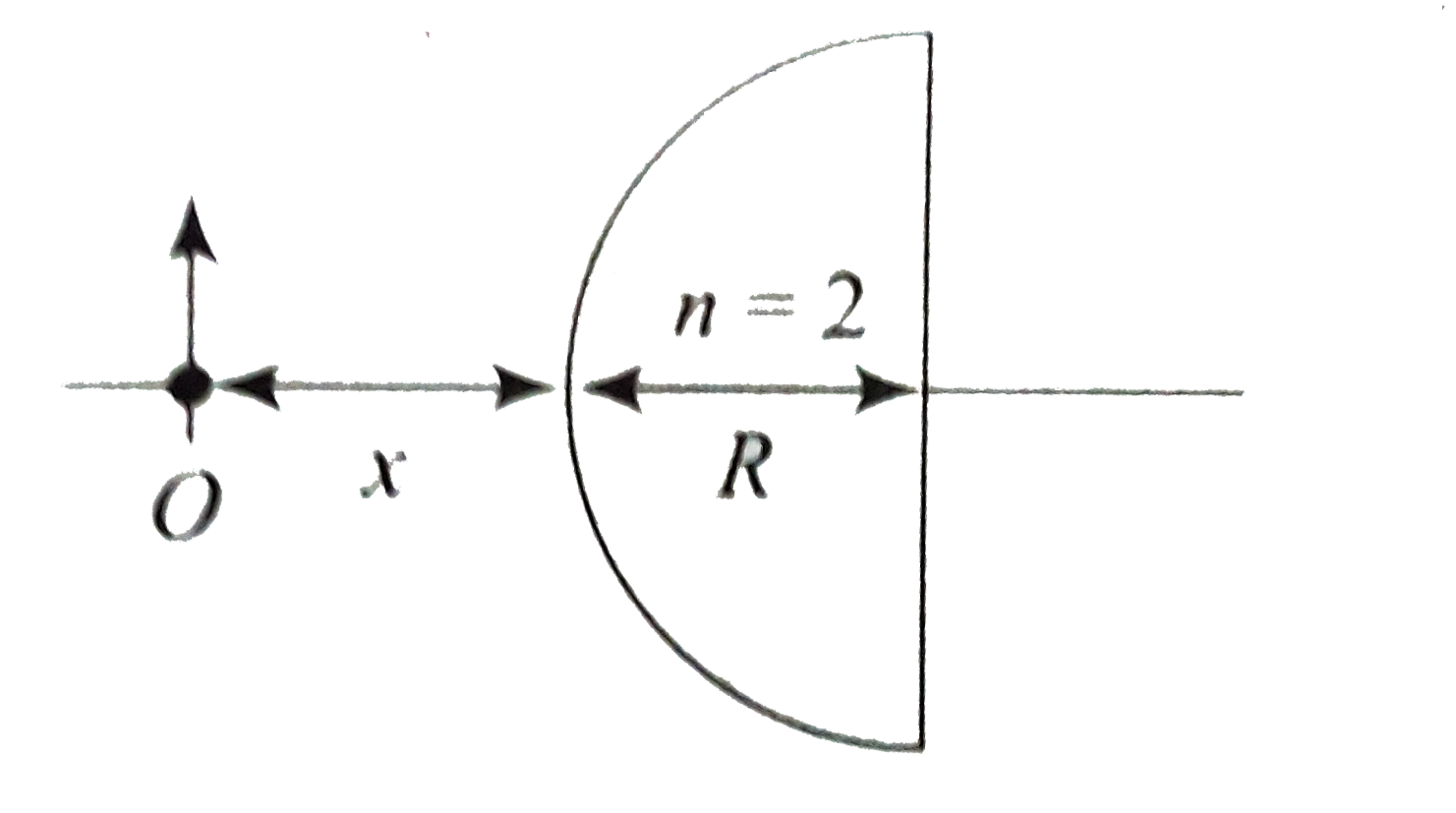When the height at which an object is placed is more, the PE .......
will be more
will be less
remains constant
will be halved
To solve the question "When the height at which an object is placed is more, the PE .......", we need to understand the relationship between height and potential energy (PE).
1. Understanding Potential Energy:
- Potential Energy (PE) is the energy stored in an object due to its position or height above the ground.
2. Formula for Potential Energy:
- The formula for calculating gravitational potential energy is given by:
PE=mgh
where:
- PE = potential energy,
- m = mass of the object,
- g = acceleration due to gravity (approximately 9.81m/s2 on Earth),
- h = height above the ground.
3. Analyzing the Variables:
- In the formula PE=mgh, we can see that:
- m (mass) and g (acceleration due to gravity) are constants for a given object at a specific location on Earth.
- The only variable that can change is h (height).
4. Relationship Between Height and Potential Energy:
- Since PE is directly proportional to height h, this means that as the height increases, the potential energy also increases.
- Therefore, if the height at which an object is placed is more, the potential energy will also be more.
5. Filling in the Blank:
- Based on the analysis, we can conclude that when the height at which an object is placed is more, the potential energy is more.
Final Answer:
When the height at which an object is placed is more, the PE is more.
---
- Potential Energy (PE) is the energy stored in an object due to its position or height above the ground.
- The formula for calculating gravitational potential energy is given by:
PE=mgh
where:
- PE = potential energy,
- m = mass of the object,
- g = acceleration due to gravity (approximately 9.81m/s2 on Earth),
- h = height above the ground.
- In the formula PE=mgh, we can see that:
- m (mass) and g (acceleration due to gravity) are constants for a given object at a specific location on Earth.
- The only variable that can change is h (height).
- Since PE is directly proportional to height h, this means that as the height increases, the potential energy also increases.
- Therefore, if the height at which an object is placed is more, the potential energy will also be more.
- Based on the analysis, we can conclude that when the height at which an object is placed is more, the potential energy is more.
When the height at which an object is placed is more, the PE is more.
Topper's Solved these Questions
- WORK AND ENERGYBOOK - ICSECHAPTER - WORK AND ENERGYEXERCISE - Exercises (Write T for True and F for False. Correct the false statements)
6 Videos
- WORK AND ENERGYBOOK - ICSECHAPTER - WORK AND ENERGYEXERCISE - Exercises (Choose the correct option to fill in the blank)
5 Videos
- WORK AND ENERGYBOOK - ICSECHAPTER - WORK AND ENERGYEXERCISE - Exercises (Name the following)
8 Videos
- SOUNDBOOK - ICSECHAPTER - SOUNDEXERCISE - Picture Study
4 Videos
Similar Questions
Knowledge Check
A virtual, diminished image is formed when an object is placed between the optical centre and the principal focus of a lens.
Name the type of lens which forms the above image.AconvexBconcaveCbothDnone
An object of mass 12 kg is at a certain height above the gorund if the potential energy of the object is 480J find the height at which the object is withj respect to the ground Given, g=10m/s2
View SolutionFind the nature of image when an object is placed at 2f from the pole of a convex mirror of focal length f
View SolutionIf an object is less dense than the fluid in which it is placed it will .......................... (sink in/ float on) the fluid.
View SolutionThe image formed by a concave mirror is of the same size as the object if the object is placed ..........
View SolutionAn object can have elastic PE when it is .........
View SolutionWhen the object is placed far off, the image will be formed at the ............. (focus, centre of curvature)
View SolutionConsider a transparent hemispher (n=2) in front of which a small object is placed in air (n=1) as shown in figure.

Q. What is the nature of final image of the object when x=2R?
View Solution
